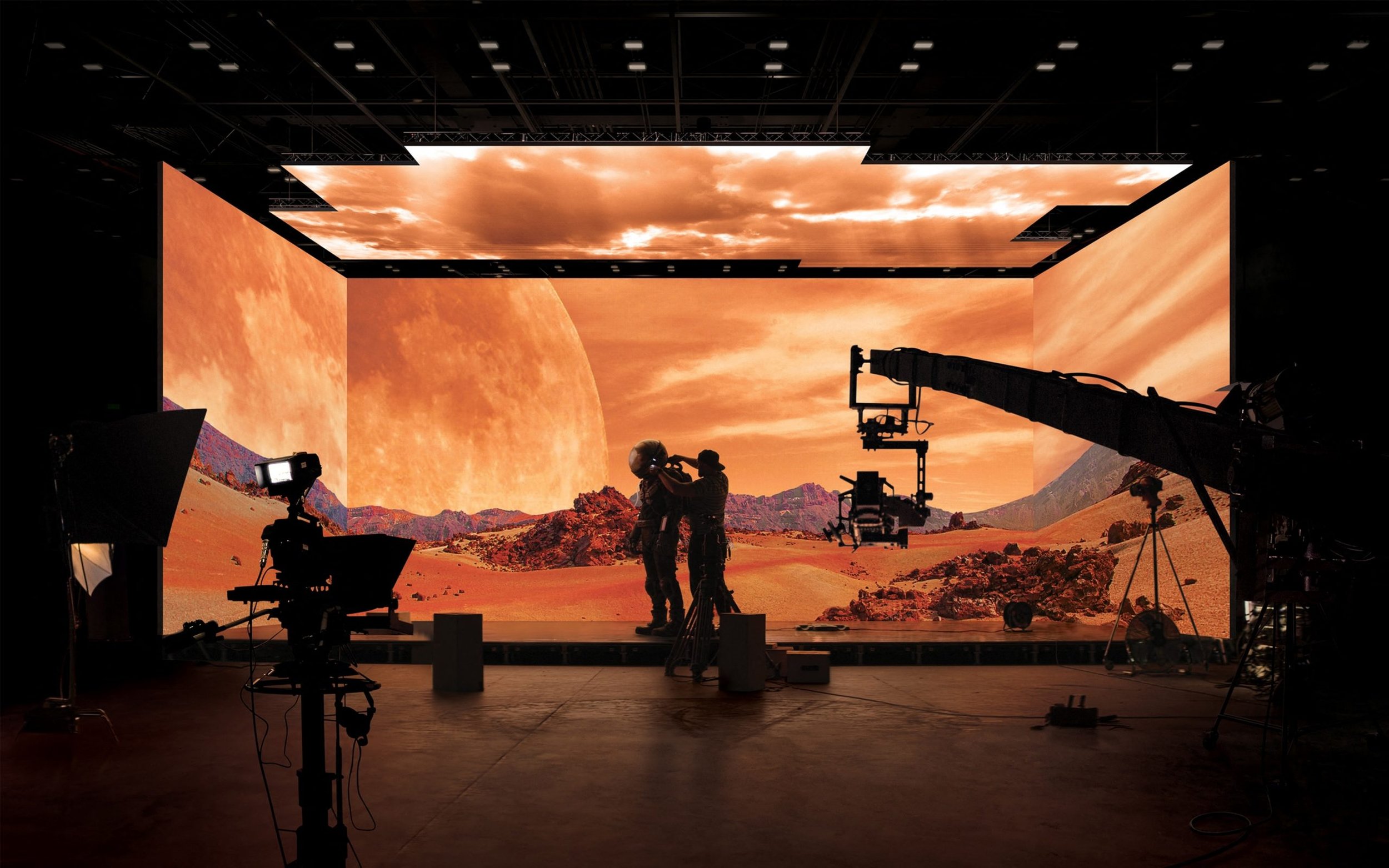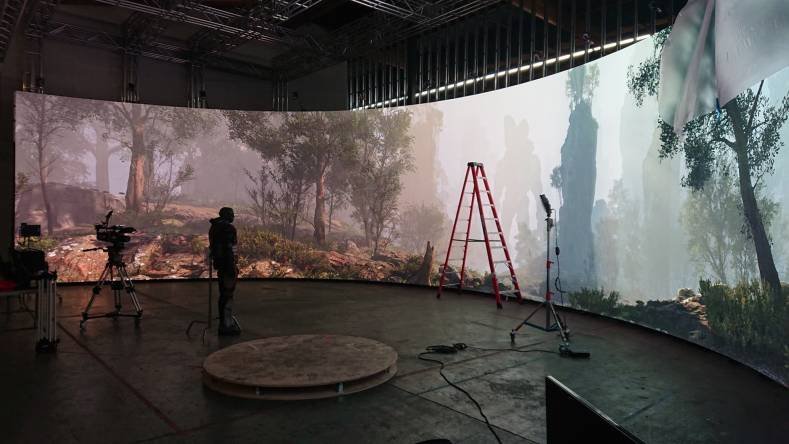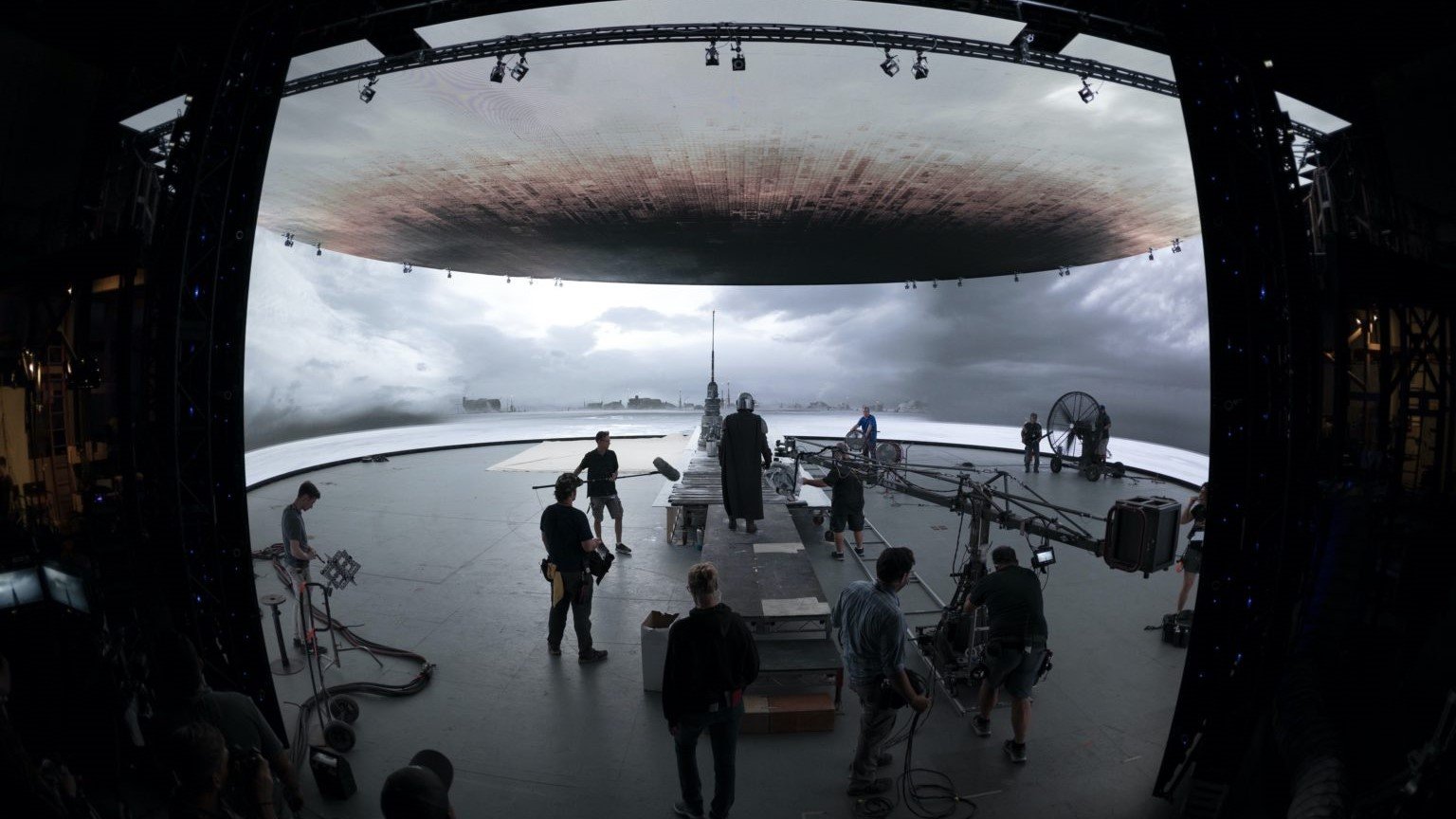How LED technology IS changing the film & video industry
LED technology has become increasingly popular in recent years, with applications in a variety of industries. The film and television industry is no exception, with the use of LED screens and LED lighting revolutionizing the way that movies and TV shows are made.
One of the most significant changes brought about by LED technology is the use of LED screens in virtual production. This technique has been used in productions such as The Mandalorian, where LED screens are used to create stunning virtual environments. This technique involves placing a large LED screen behind the actors and projecting the virtual background onto the screen. This creates a realistic environment that the actors can interact with, making it appear as though they are in a real location.
The use of LED screens in virtual production has several advantages over traditional methods. One of the most significant benefits is the cost savings associated with virtual production. Filming on location can be expensive, and the cost of building sets can also add up quickly. With LED screens, filmmakers can create any environment they want without the need to travel or build a set. This not only saves money, but it also saves time.
Another advantage of LED screens in virtual production is the flexibility they offer. With traditional sets, filmmakers are limited by the space they have available. They must also consider factors such as lighting and weather conditions. With LED screens, filmmakers can create any environment they want, regardless of the space available or the weather conditions. This gives filmmakers much greater creative freedom and allows them to create more realistic environments.
LED lighting is also becoming increasingly popular. They offer several advantages over traditional lighting options. For one, they are much more energy-efficient. This not only saves money on electricity bills, but it also reduces the environmental impact of filming. They are also longer-lasting than traditional lighting options which means that filmmakers do not have to replace bulbs as frequently, reducing maintenance costs.
Perhaps the biggest advantage of LED lighting is the flexibility and accessability it offers. With traditional lighting, filmmakers must use a variety of different lights to create different moods and effects. This can be time-consuming and expensive, and just isn’t always as accessable to filmmakers running with lower budgets. With LED lighting, filmmakers can change the color and intensity of the lights easily, allowing them to create any mood they want with few number of lights or gels. This makes it much easier for filmmakers to create the perfect lighting setup for each shot.
In conclusion, LED technology is changing the film and television industry in several ways. The use of LED screens in virtual production has revolutionised the way that movies and TV shows are made, allowing filmmakers to create stunning virtual environments without the need to travel or build a set. LED lighting is also becoming increasingly popular, offering several advantages over traditional lighting options, including energy efficiency, longevity, and flexibility. As LED technology continues to evolve, we can expect to see even more innovative applications in the film and television industry.




